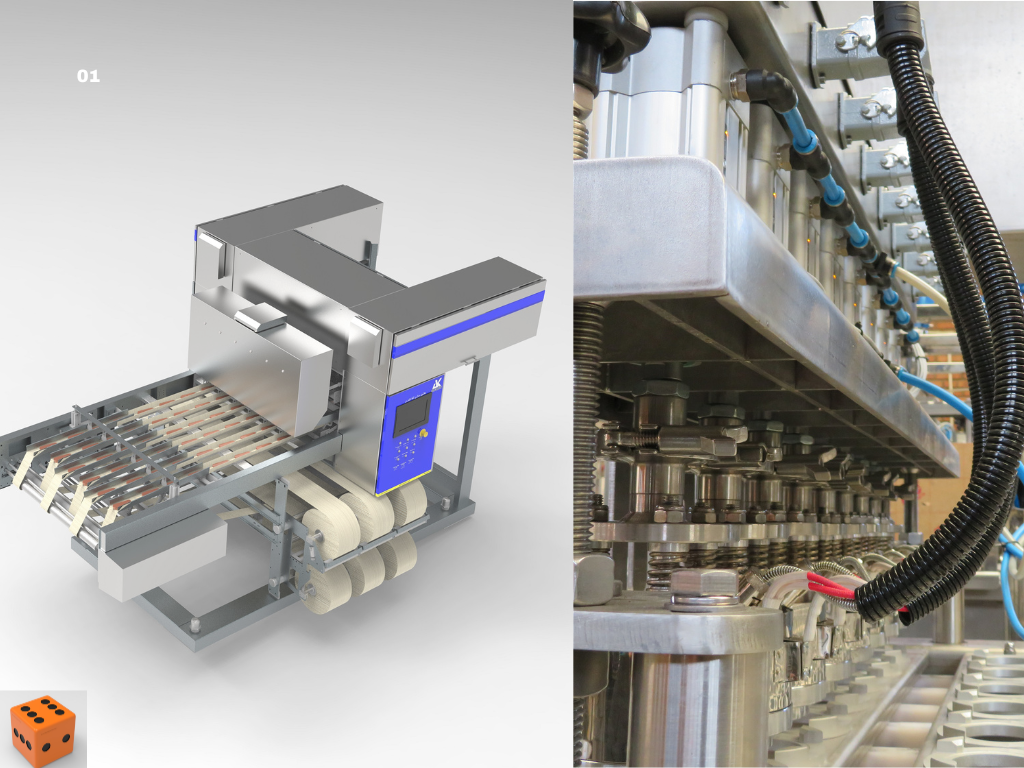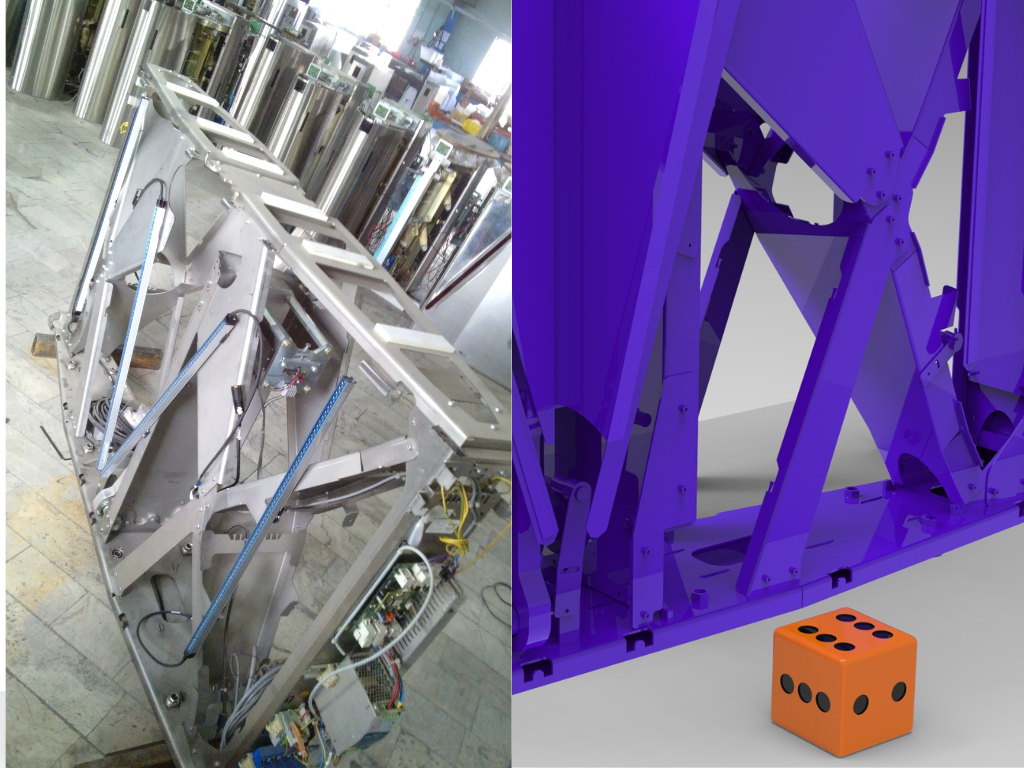
مستند سازی فنی در مدیریت مهندسی
The importance of documentation
The difference in production starts here
1- Only the right source saves time and energy
Estimates state that an average worker spends about two and a half hours studying and searching for the information he needs. Effective documentation gathers all the essential information about a task, project, or team (from account logins to step-by-step instructions) in one centralized, organized place that eliminates the need to search email or download files for the latest information.
When you’re working on a task, planning a new project, or needing different team members to step up on something, documentation means you can without spending hours trying to track down details, credentials, Save movement as well as directions and more
Writing down your processes is useful for identifying bottlenecks and workflows, so you can further streamline the way your team works
۲. Documentation is essential for quality and process control
There’s more than one way to do things, and you want to give your team the flexibility to approach their work in a way that works for them.
But, at the same time, you want to ensure consistent results – especially when it comes to things you produce regularly. There should be some consistency so you don’t look sloppy or uninformed.
Documentation encourages knowledge sharing, which allows your team to understand how processes work and what final projects typically look like.
With these resources available, your team members don’t need critical readers to maintain consistency for recurring projects like a monthly report or quarterly presentation. They still have wiggle room for creativity while making sure they check all the necessary boxes
۳. Documentation reduces repetitive tasks
How many times have you started a new project only to find out it’s already done? Companies that use documents to catalog past projects, gather research, and share decisions benefit by reducing rework that wastes your precious time that could be used elsewhere.
Why reinvent the wheel when you can complete what you’ve already done? With documentation in hand, you can refer back to previous work and learn from it, rather than doing it again with the same results.
۴. It makes hiring and working much easier
It’s hard to think about someone leaving, but the reality of business is that your team won’t stay the same forever. People will come to the road and you will bring new people into the field.
When you welcome new team members, that onboarding period can be daunting, both for your existing team and for that new employee. And unfortunately, Gallup found that only 12 percent of employees strongly agree that their organization does a very good job of recruiting new workers.
You want to train team members and enable them to do their best work, not make them feel like they’ve been thrown to the wolves.
If you make documentation a priority, they’ll have a variety of helpful guides, instructions, and notes that they can use to speed up their new tasks. Additionally, they can use these resources to answer their own questions and solve problems independently, rather than feeling like they have to hit one of your team members on every single question or important point.
۵. The only source of truth makes everyone smarter
In the workplace, we tend to treat our knowledge as currency. If we are the person who has all the answers, it makes us feel safe, as if we are the most replaceable people on our team. We assume that sharing our expertise will be of less value.
That’s why it’s no surprise that a survey found that 60 percent of employees had trouble sharing information that was critical to their work.
Documentation increases the collective knowledge of everyone you work with. When sharing information becomes the norm for your team, you’ll benefit from increased transparency and a more collaborative and strategic culture. You’ll make smarter decisions because essential information isn’t just locked away on someone’s hard drive—or worse—in their head.
Documentation should be your best friend
From covering an unexpected employee departure or absence to tackling an unfamiliar project, you can overcome many daunting obstacles together.
While it may sound rigid and formal, prioritizing documents means you and your team will have a backup of the information you rely on.
Share the above benefits with your team members, find a way to encourage them to participate in recording what they can (pizza party, anyone?), and rest easy knowing that your team’s knowledge will no longer just live in their brains.
Are you a technical expert in a highly specialized or regulated organization?
Throughout your career, you must document your activities or provide written technical presentations. Writing technical documents may even be a regular part of your job.
Technical writing for pharmaceuticals, biotechnology and medical devices
Understanding the importance of technical documentation, its challenges, writing process, tools and technologies can be of great help, especially if you find writing documentation a challenge. This article provides valuable insights to solve this challenge.
The importance of technical documents
Technical documents should provide the most accurate information. Effective technical documentation adds value not only to technical writers but also to their organization and users
Technical documentation is an integral part of introducing a product or service to the market.
They can have a significant impact on the financial success of a product or service
They play an important role in the life cycle of the product during operation and maintenance
They assist in conducting inspections, audits and other regulatory requirements.
Documentation can prevent accidents/accidents. Many major incidents have occurred due to ineffective documentation
Documentation can help in product validation, testing and repairs.
They minimize the risk of misinterpretation and/or error in verbal communication.
They help comply with the documentation requirements of regulatory agencies.
Challenges of writing technical documents
Writing technical documents with required images and appropriate content brings many challenges. The technical expert should have writing skills can be with product/domain knowledge, regulatory knowledge, SME drawing interpretation skills, visualization skills and end user perspective. Acquiring all these skills requires effective training.
Other challenges include
Ease of navigation, search and re-use of documents
Presentation of content in simple, short and concise language
Inability to reuse information
This step includes
• Studying input documents such as specifications, maps, etc
• Analysis of required documents, target audience, depth and complexity, level of language used for specific user group
• In case of participation, verification of information collected by field experts
• Clarify queries
• Good understanding of the product from the user’s point of view
• List of questions and issues when analyzing product inputs
• Clarify with SMEs about queries
• The design includes the following:
• Document format design
• Formatting requirements, fonts, presentation style, etc
• Estimating the number of pages, the number and types of images, etc
Content development:
• Write content in line with the requirements
• Using graphic images to convey information more clearly to the reader
• Carrying out a technical review of the content:
• Check the technical content for communication according to the input
• Review technical content for accuracy and logical order
• Correction:
• Review content for aesthetics and grammatical errors
• Submission approval for information, formatting and other aspects of the document
Release:
• Publish it electronically or in print as required
• Distribute it as hard or soft copy if necessary like pdf, word files, online manual or any required format
• Technical writing tools
• Traditional publishing systems such as Word and desktop publishing software
• Automatic release systems
Tools for creating technical images such as
Document analysis
This article refers to documentation, technical documentation and not what is represented in the management system with these descriptions:
The ISO 10013 standard as a “guide for the preparation of quality management system documentation” provides guidelines for the preparation and maintenance of the necessary documentation to ensure an effective quality management system that also fits the specific needs of the organization.
The use of this guide will help to create a written system as required in the applicable quality management system standard.
The guidelines provided in this standard, in addition to the quality management system according to ISO 9000 family standards, can also be used to codify other management systems such as environmental management systems and safety management systems.
The consultant and quality assurance experts play an important role in the design of ISO 9001 documentation, for ISO documentation, they are generally interviewed with the process managers and unit managers and according to the requirements of the ISO standard, they plan the appropriate ISO documentation of the organization.
In the new edition of ISO 9001, the ISO 9001:2015 standard, paragraph 7.5 of documented information, ISO documentation is mentioned. In the ISO 9001:2015 standard, no implementation method is required, and the development of the implementation method is at the discretion of the organization.



۱۰ comments